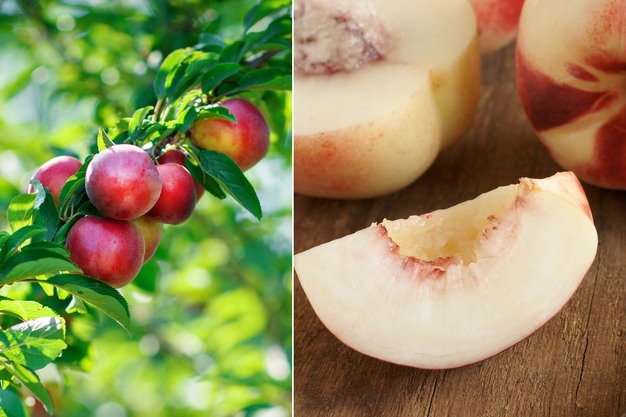It's the tail end of Chile's stone fruit season. "Both nectarines and peaches are finishing up," says Cristian Ramila with Bengard Marketing. "The last fruit has arrived into the U.S. market and this week; everything will be allocated to retail." The season started off really good. Volumes were relatively low at first, driving up prices. However, by mid-February, an excess of white flesh nectarines killed the American market. "Usually, China is a very significant buyer of white flesh nectarines from Chile, but due to low Brix levels and some internal damage, the Chinese stayed away from them. It resulted in the U.S. being the only alternative Chile had. From this point onwards, everyone started suffering, which made for a tough final stretch of the season.
West coast was only alternative
The Chinese are big fans of white flesh peaches because of the fruit's high Brix levels. Chile anticipated on China's demand and planted significant acreage for the Chinese market over the years. Due to the Chinese staying away this year, Chile was forced to find an alternative market. "On the U.S. East Coast, consumers don't know white flesh nectarines," commented Ramila. West Coast consumers on the other hand are more familiar with the fruit as it is locally grown in California. In other words, the U.S. West Coast was Chile's only chance of selling their white flesh nectarines, resulting in the market being flooded. Peaches and yellow flesh nectarines luckily weren't impacted as much.
Altogether, the U.S. West Coast imported six percent more nectarines from Chile compared to last season. Shipments to the East Coast were down 22 percent.

Photo credit: Dreamstime
Concentrated volume of red plums
The red plum season has been a bit of a struggle as well because the volume was very concentrated. "It came all at once," Ramila said. Red plum volumes were low for a long time and went to peak production in the blink of an eye. Harvest of red plums usually starts early to mid-January and the last arrivals into the U.S. market are expected this week.
Black plums on the other hand are a bit more stable. Their season started at the end of January and arrivals are expected to come in for another ten days, until mid-April, which gives retailers the month of May to sell the fruit. "Everything is on the water now, and I am not expecting any more volume to leave Chile as importers got concerned about the amount of fruit coming in," Ramila commented.
Black plums conclude the Chilean stone fruit season. Next will be Chile's citrus season.
 For more information:
For more information:
Cristian Ramila
Bengard Marketing
Tel: +1 (310) 605-5105
[email protected]
www.bengard.us
